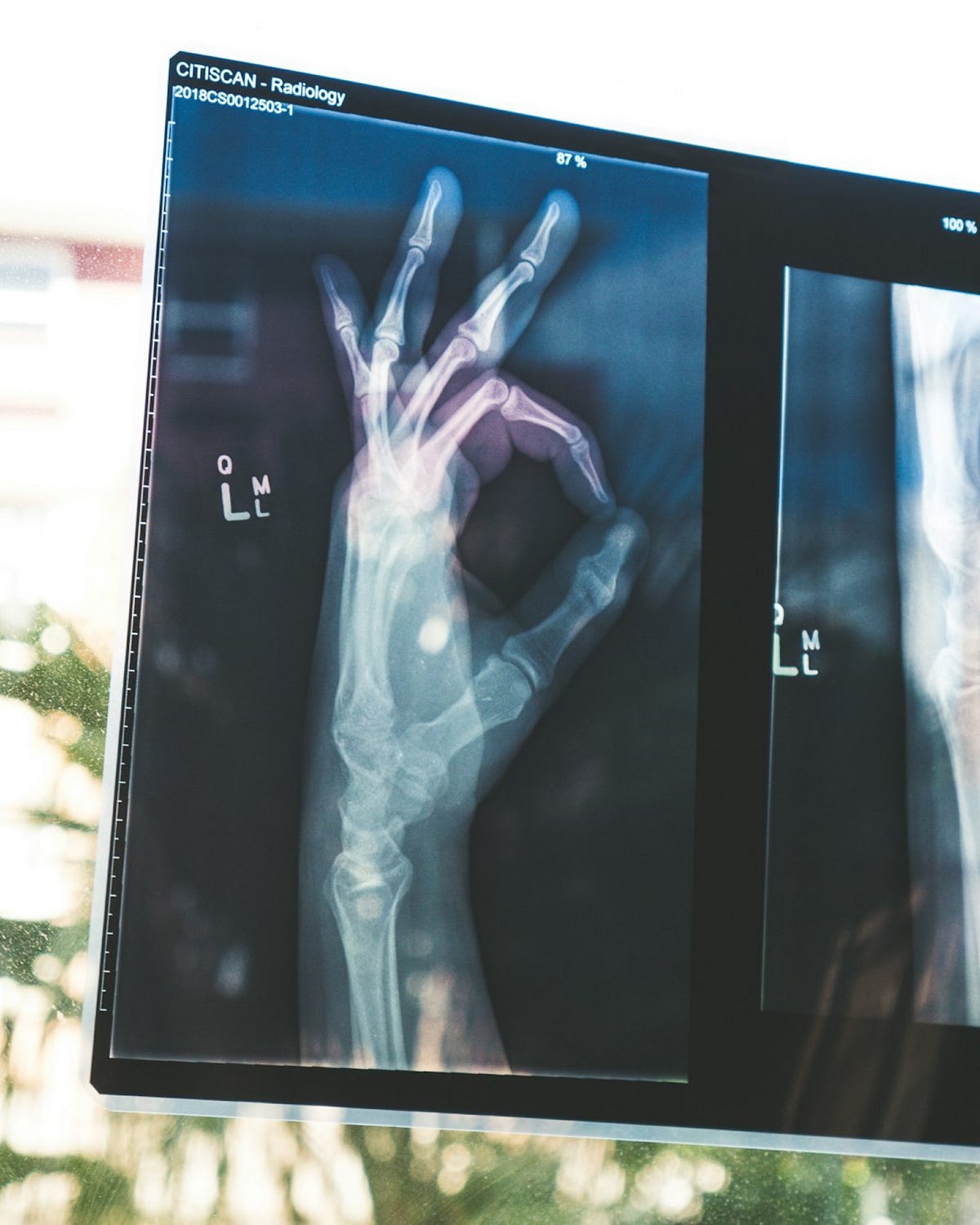Medium
1M
194

Image Credit: Medium
What AI is Actually Doing in Radiology Right Now
- AI hasn't replaced radiologists but has started changing their job by flagging critical findings, ensuring quality control, providing quantification, and assisting in double-reading in high-volume settings.
- Radiologists now work as reviewers, interpreters of AI outputs, focusing on edge cases and interdisciplinary nuances, and working faster and more accurately with machines in the loop.
- Challenges in AI adoption in radiology include false positives, lack of explainability, trust issues, and unclear cost ROI, especially in underfunded public systems.
- Builders of AI for radiology are advised to solve workflow challenges, build for real-world messiness, integrate AI into existing systems, and focus on practical outcomes like time saved, cases flagged, and errors reduced.
Read Full Article
11 Likes
For uninterrupted reading, download the app